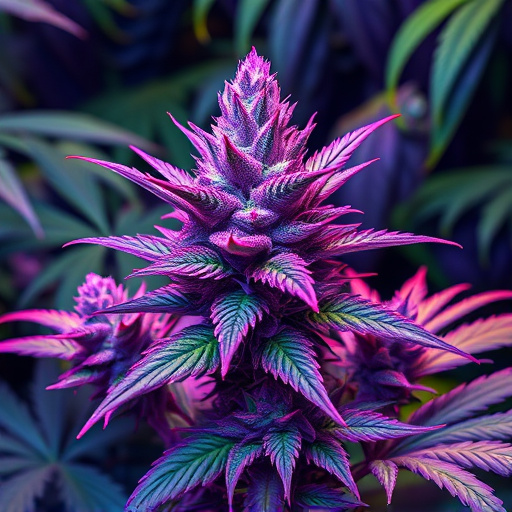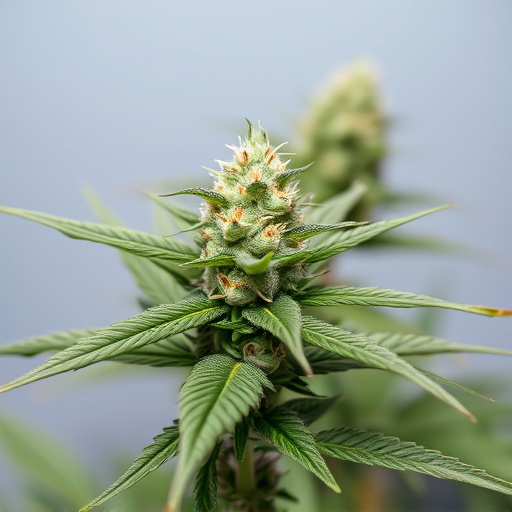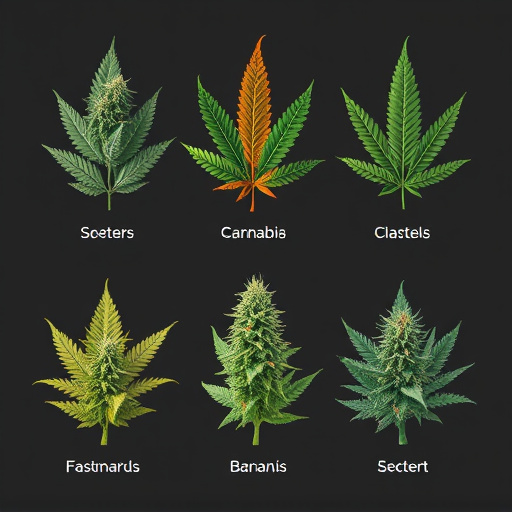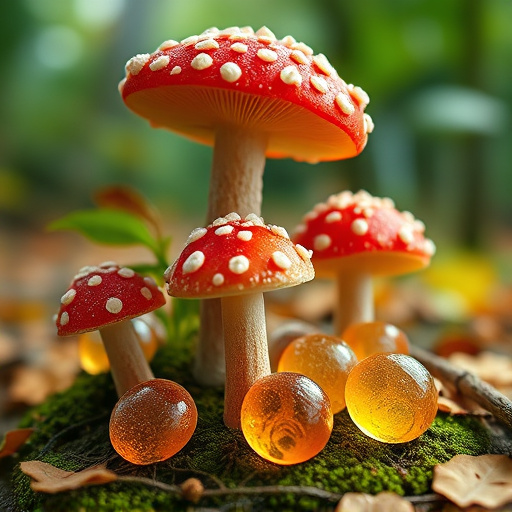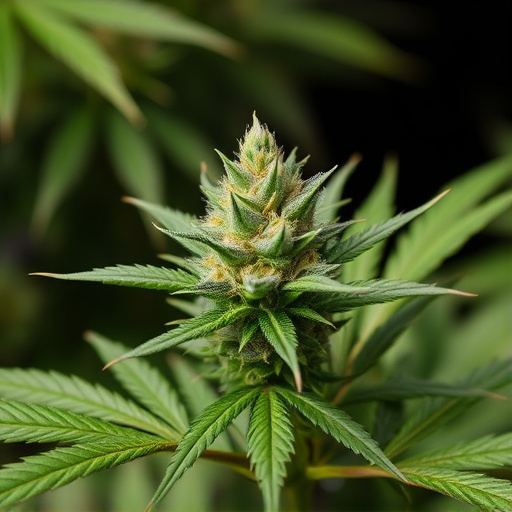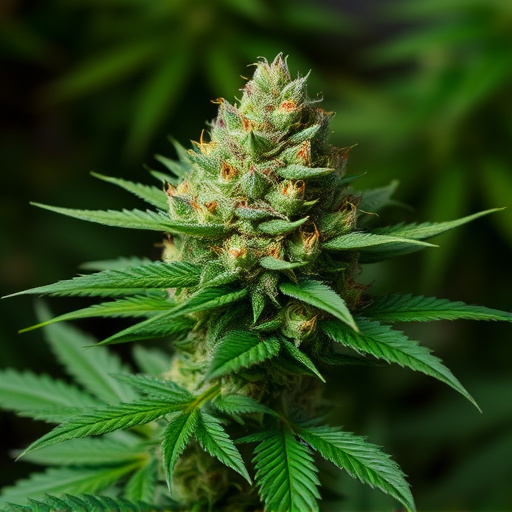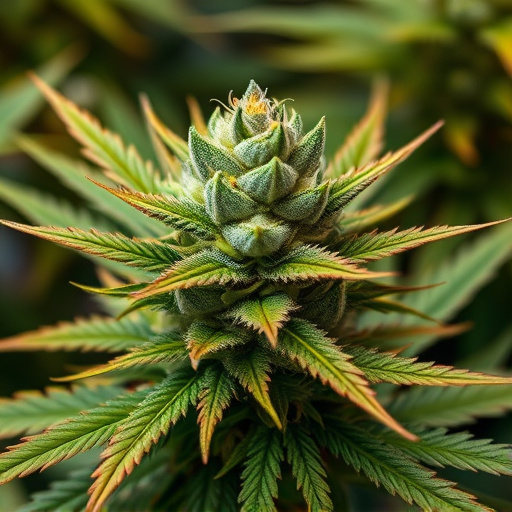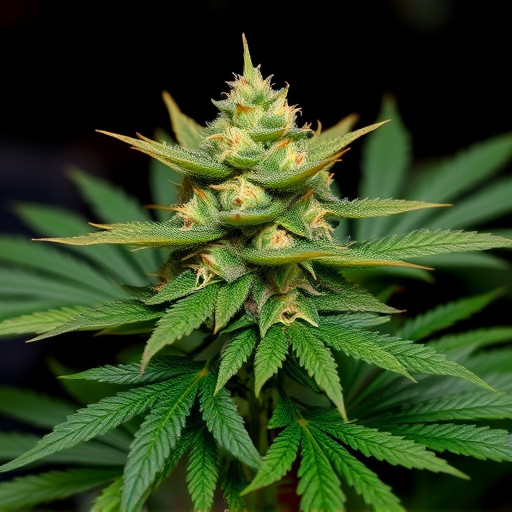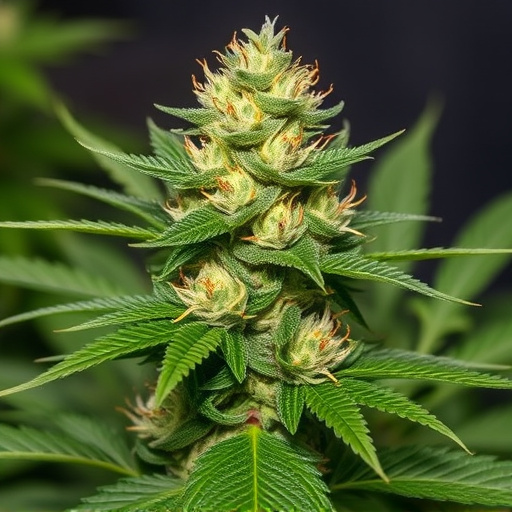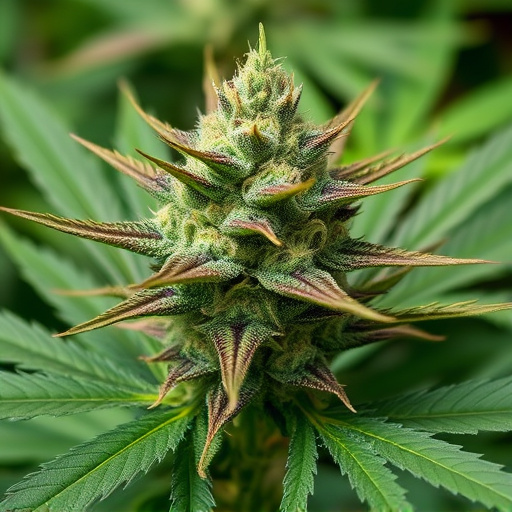Potent cannabis strains with high THC levels disrupt the body's natural hunger regulation through hormones like ghrelin and leptin, leading to varying effects on appetite. While THC can increase or decrease hunger by influencing ghrelin, its interaction with leptin is less clear, potentially reducing feelings of fullness. These strains may intensify hormonal responses, altering food perception and consumption patterns, which could be significant for individuals with weight-related conditions.
“Unraveling the relationship between THC and hunger hormones offers a fascinating glimpse into the complex interplay between cannabis and our bodies. This article delves into the science behind appetite regulation, focusing on key players like ghrelin and leptin. We explore how THC influences these hunger hormones, specifically when exposed to potent cannabis strains, providing insights that could shape future research and perspectives on cannabis’ role in metabolic health.”
- Understanding Hunger Hormones and Their Role in Appetite Regulation
- The Impact of THC on Ghrelin and Leptin: A Complex Interaction
- Exploring the Effects of Potent Cannabis Strains on Hunger and Appetite
Understanding Hunger Hormones and Their Role in Appetite Regulation
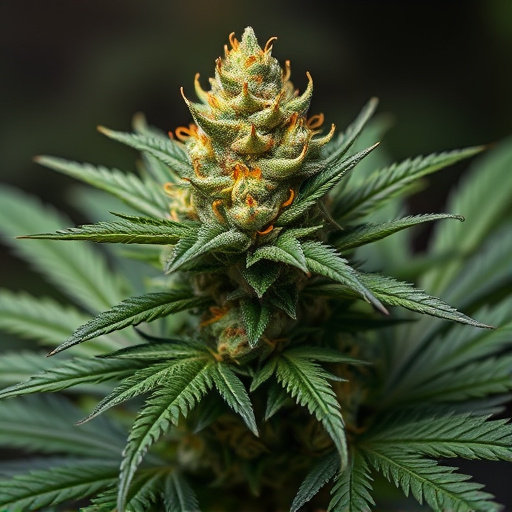
Our bodies have a complex system of hunger hormones that regulate our appetite and energy levels. Key players include leptin, ghrelin, and peptide YY (PYY). Leptin, often referred to as the ‘satiety hormone,’ signals the brain when we’re full and helps maintain a stable body weight. Ghrelin, on the other hand, is known as the ‘hunger hormone’ as it triggers feelings of appetite and stimulates food intake. Peptide YY (PYY) is released by the gut during digestion and further suppresses appetite.
These hormones work together to keep our hunger in check. When we consume a meal, PYY levels rise, signaling satiety and helping us feel full. Potent cannabis strains can interact with this system, affecting the release and reception of these hormones. This interaction may lead to changes in appetite, sometimes resulting in increased hunger (or decreased appetite) — a potential effect often considered by those exploring the use of cannabis for medical purposes related to weight or eating disorders.
The Impact of THC on Ghrelin and Leptin: A Complex Interaction
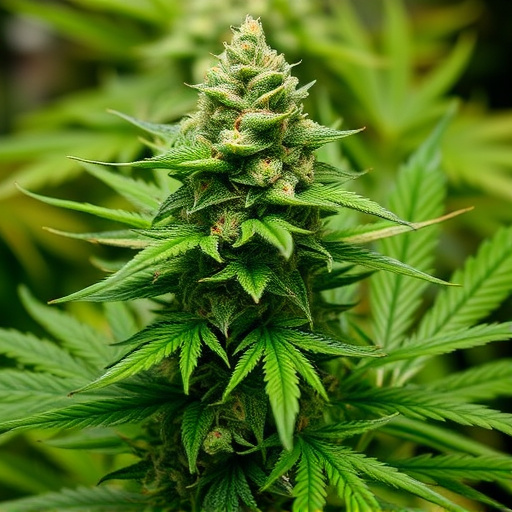
THC, the primary psychoactive compound in cannabis, has a complex relationship with hunger hormones, notably ghrelin and leptin. Research suggests that THC interacts with these hormones in a nuanced manner, affecting appetite and satiety. Ghrelin, often referred to as the “hunger hormone,” plays a pivotal role in triggering feelings of appetite and promoting food intake. In response to THC, ghrelin levels can fluctuate, leading to increased hunger or reduced appetite, depending on various factors such as dosage and individual tolerance.
On the other hand, leptin, known as the “satiety hormone,” signals the brain about energy stores in the body, suppressing appetite. The impact of THC on leptin is less straightforward. In some cases, THC may interfere with leptin signaling, potentially reducing feelings of fullness and increasing overall caloric intake. This interaction could be particularly relevant when considering the effects of potent cannabis strains, where higher THC concentrations might intensify these hormonal responses, affecting how individuals perceive and respond to food.
Exploring the Effects of Potent Cannabis Strains on Hunger and Appetite
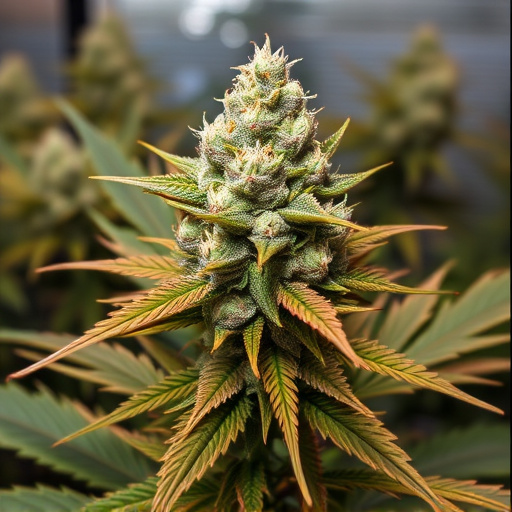
Potent cannabis strains, with their elevated tetrahydrocannabinol (THC) content, have sparked interest in understanding their impact on hunger and appetite regulation. Research suggests that THC can influence various hormones and neurotransmitters involved in feeding behaviors, leading to potential effects on food intake. When consumed, these powerful strains may activate cannabinoid receptors in the brain, ultimately changing how we perceive hunger cues and satisfy our appetites.
Studies have shown that high-THC cannabis can stimulate the release of certain hormones, such as ghrelin, often referred to as the “hunger hormone,” which promotes appetite and food seeking. Conversely, it may also suppress the production of leptin, a hormone responsible for signaling satiety and energy balance. This complex interplay can result in altered eating patterns, with some users experiencing increased hunger and others reporting reduced appetite after consuming potent cannabis strains.
THC’s complex interaction with hunger hormones, particularly ghrelin and leptin, offers a compelling insight into how potent cannabis strains can influence appetite. While further research is needed to fully understand these effects, current findings suggest that THC may disrupt normal hormone levels, leading to increased or decreased hunger depending on dosage and individual sensitivity. This knowledge highlights the importance of responsible consumption and opens doors for potential therapeutic applications of potent cannabis strains in managing eating disorders and appetite-related conditions.

